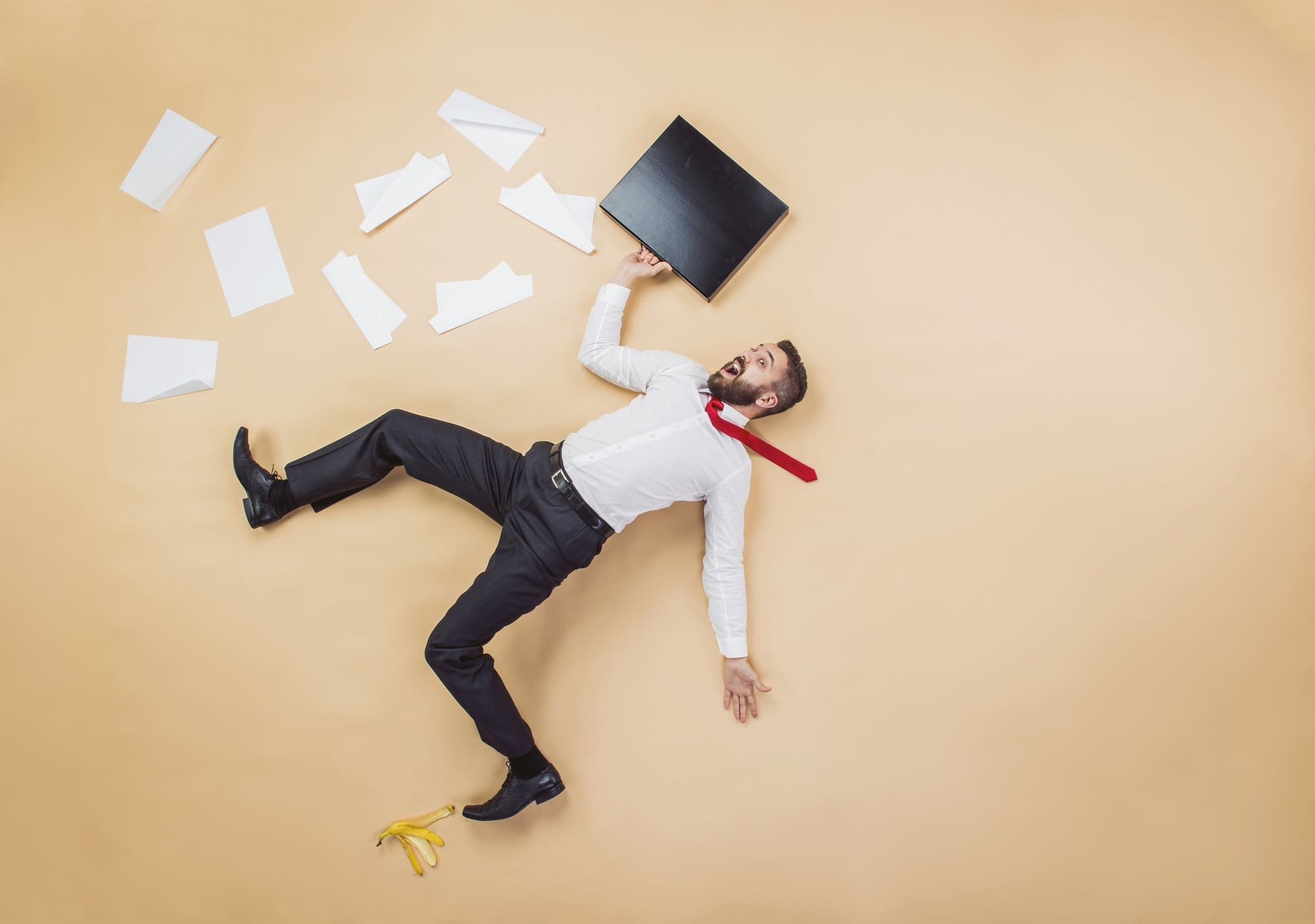
Every one of us, for one reason or another, has tripped, slipped, or fallen. Ice patches in the winter, oil slicks in the summer and exhaustion year round can contribute to these kinds of accidents.
Falling is often seen as a challenge of old age, but that is only partly true. The elderly population certainly has more obstacles with which to contend that make slipping or falling more likely and more dangerous. The sad truth is that all of us, no matter our age, gender, or the weather, need to be mindful of the steps we take.
Common Causes of Falls and Slips
Not being able to see where you are walking or being too focused on extraneous matters can cause anyone to misstep. Medical and spatial reasons, however, are most often the culprits when it comes to falls and slips.
Medical Causes
A host of medical conditions can lead a person to lose their balance and fall. These include problems of the inner ear, foot disorders, compromised musculature, and many others.
Labyrinthitis
Labyrinthitis is a condition that affects the inner ear. If structures within the ear are inflamed or swollen, they can cause a person to lose their balance.
Visual and auditory impairments
Impaired hearing and vision, whether sudden, temporary, or long term, can compromise one’s ability to accurately assess their environment.
Osteoporosis
Osteoporosis is a condition in which bones become weak and brittle. This disorder can greatly impact one’s ability to stand, ambulate, and stay upright.
Sinus congestion
Full or infected sinus cavities can strain the inner ear and structures of the face, compromising one’s ability to focus and maintain their equilibrium.
Foot disorders
Conditions such as flat feet, overpronation, deformity, and pain can greatly increase one’s risk of falling.
Hypotension
A condition in which one’s blood pressure is very low, hypotension can cause one to become disoriented and fall, especially if they stand up too quickly from a seated position.
Spatial and Environmental Causes
Clothing on your bedroom floor, broken steps to your office, and a wide variety of accidents waiting to happen are frequently caused by environmental and spatial factors.
● Broken cement and uneven sidewalks
Broken pavement, cracked cement, and sidewalks that desperately need to be straightened can cause anyone to lose their footing.
● Staircases
Stairs, whether constructed poorly or not, carry an inherent fall risk. Staircases without banisters or railings are even riskier.
● Ripped carpets
The placement of one foot in a pocket of ripped carpet can cause just about anyone to fall.
● Potholes
Potholes are not only disastrous for your vehicle, but your footing, too.
● Wet and waxed floors
Falls and tumbles can occur on wet and waxy surfaces. All it takes is a little momentum on a shiny floor to bring a person down.
● Clutter
Items should be put away, hung up, as clutter carries an inherent risk of falls.
Other Causes
● Inattentive staff
Individuals who live in facilities such as nursing homes or rehabilitation centers require constant supervision. If the staff charged with caring for them do not monitor how they stand and where they go, falls are likely to occur.
● Ill-fitting footwear
Beyond blisters and discomfort, ill-fitting shoes can greatly contribute to a loss of balance and falls.
Who to Call if You Have Fallen or Slipped
If you or a loved one have fallen at home, in a facility, or outside, call the trusted team at RMFW LLP to discuss your legal options.
Image credits




